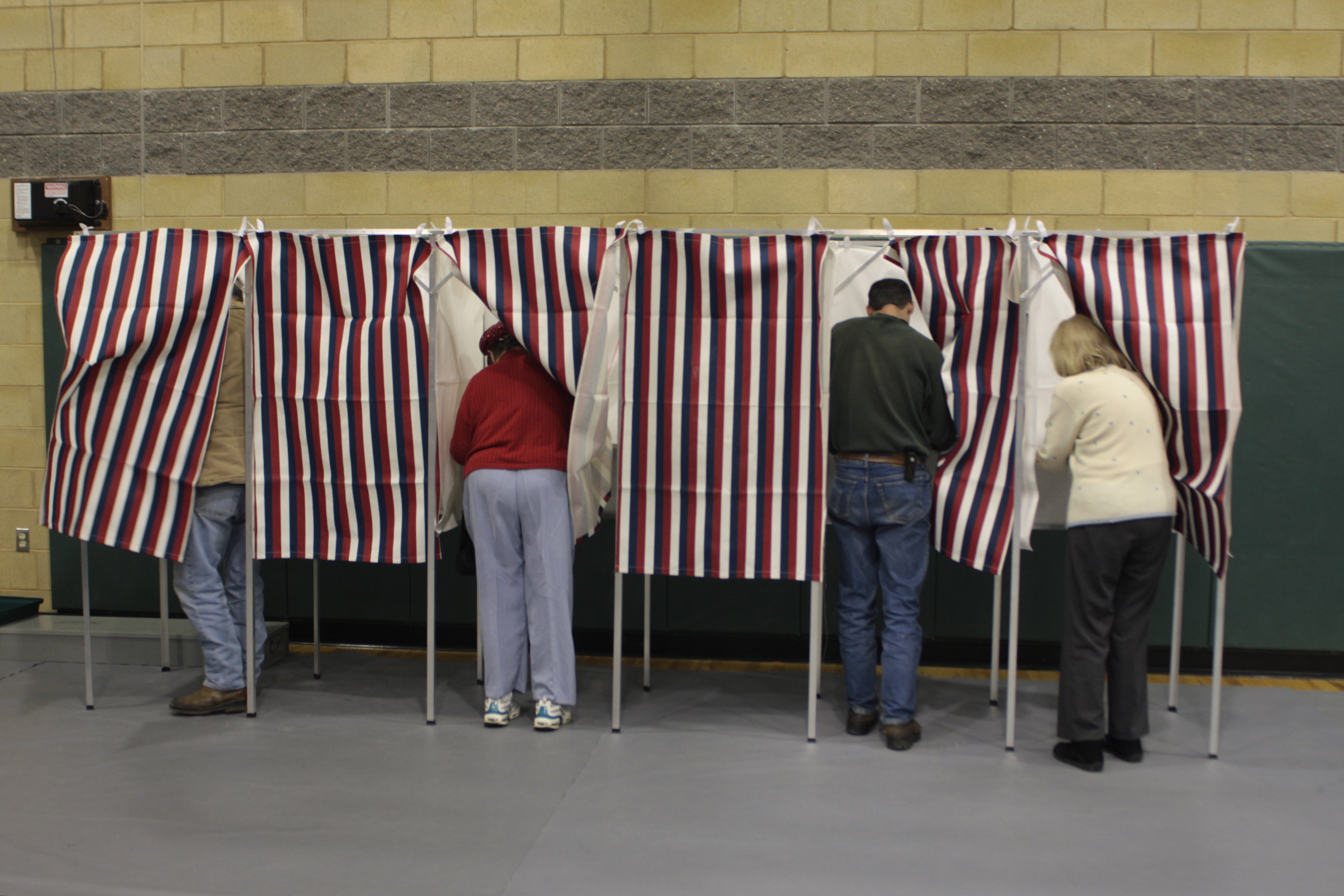This election cycle, voter turnout has been a major topic of discussion. With a presidential race that features two highly disliked yet well-known candidates, it is difficult to predict whether turnout will be driven down by disillusionment or up by the apparent stakes of the election. Both campaigns recognize that turning out their supports is especially important in this election, so extra efforts are underway to increase the United States’ notoriously low voter turnout rate. These efforts include raising awareness about voter registration methods and deadlines, encouraging the use of absentee ballots, and even popularizing a (probably somewhat misguided) music campaign. However, looking beyond just this election, some observers think that only a structural change in elections will really tackle the issue of voter turnout. One such change would be to make Election Day a federal holiday.
In the 2012 general election, only 53.6 percent of voting-age Americans made it to the polls. In the following midterm elections of 2014, voter turnout dropped to 36.4 percent, the lowest since World War II. When the Census Bureau asked people why they chose not to vote in the 2014 elections, the top-cited reason (given by 28 percent of people) was that they were “too busy.” Though illness, a lack of interest, and plain forgetfulness were all also given as reasons for not voting, “too busy” was still cited twice as much percentage-wise as almost every other explanation. Logically, the reason many were “too busy” to vote was because the elections, like all federal elections in the United States, were held on a Tuesday — a day many people have to work. Because of the strains of the work day and other responsibilities immediately preceding and succeeding the work shift (such as driving children to school or running errands), many simply don’t have time to make it to polling stations. Relevantly — though not strictly because of the work day’s interference — low-income, working-class people vote at a lower rate than those with more wealth.
Of course, a multitude of factors affects whether people vote: Political structure, voting laws, education, and socio-economic factors are among the most important. But data suggests a correlation between higher voter turnout and work-free election days. A Pew Research Center study looked at the most recent national elections in all 35 OECD countries. Of the top 15 listed countries with the highest voter turnouts, ten hold their elections on Saturdays or Sundays, and two more have national mid-week holidays. Only two of the top 15 — Belgium and Turkey — have compulsory voting (and Turkey’s law is rarely enforced). The United States ranked 31, and a number of OECD nations with lower voting participation rates, like Ireland, Czech Republic, and the UK, also hold their elections during the week and without a voting holiday.
The concept of a federal election holiday has had some political backing in the United States for several years now. In 2005, Rep. John Conyers (D-MI) sponsored a bill to establish “Democracy Day,” which would make the second Tuesday in November a public holiday every year (as opposed to just in election years), but it stalled in the House Committee on Government Reform. Bernie Sanders re-introduced the bill in 2014 — where it once again never came to a vote — and made the idea one of his campaign goals. Earlier this year, President Obama also expressed support for the concept of a voting holiday.
Some states already have provisions for allowing their citizens time off work to vote. Thirty-two states require employers to give workers a few hours (usually 2-3) to go vote on election days, and 21 of those states ensure that people still get paid during that time. However, in almost every state, workers must apply for this break days ahead of the election, and the option itself is not well-publicized and often unused. For working people whose schedules are less regular, figuring out when exactly to take time off days in advance might be a tall task. Moreover, 18 states and the District of Columbia have no specific legislation regarding time off to vote at all. Although the state measures that are in place are a good start, a nationwide directive would provide consistency across all 50 states while also making voting easier, especially for working people.
The benefits of a federal voting holiday go beyond increasing baseline voter turnout. Since lower-income people historically vote less often than upper-class citizens, giving them the day off from work to vote will give them a more equal voice in our democracy. This change could then see a shift in policies that effect the working class — policies such as minimum wage and labor rights. Additionally, a federal holiday would, by creating a national standard, eliminate discrepancies between states as to how much time off work employees can get to vote, further helping level the playing field.
An election day holiday won’t magically resolve American voter turnout issues; the problem is much too complex to have any kind of one-size-fits-all solution. Moreover, having two holidays so close together in November (Veterans Day usually falls within a week after election day) could prove tricky. However, making Election Day a national holiday surely would help to increase polls’ accessibility on election day, especially for working-class citizens. The positives of an election holiday surely outweigh any drawbacks, and increased participation in our democracy benefits everybody in the long run.
